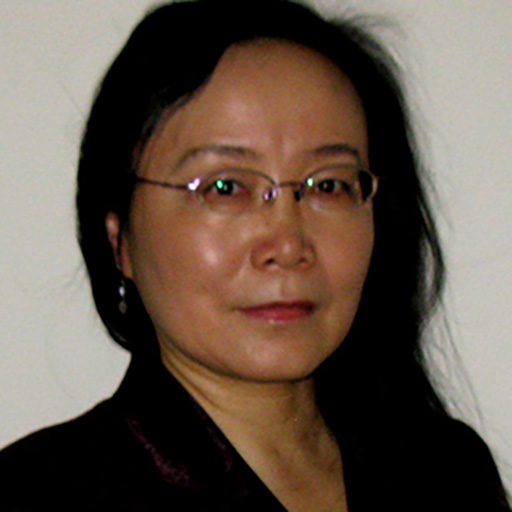Ang-(1-7)/Mas Signaling in Aging Eye—Protective Mechanisms and Therapeutic Potential

About the Research Project
Program
Award Type
Standard
Award Amount
$160,000
Active Dates
July 01, 2015 - June 30, 2017
Grant ID
M2015178
Goals
Age-related macular degeneration is a multifaceted degenerative retinal disease involving complex pathologic pathways, and it is so far incurable. We have identified a new signaling pathway that will block multiple pathologic pathways implicated in AMD and promote endogenous protective pathways. The overall goals of this proposed research are to study the protective mechanism of this new signaling pathway and its downstream target gene and to test their therapeutic efficacy in animal models of AMD.
Summary
Age-related macular degeneration (AMD) is a progressive neurodegenerative retinal disease that shares several common pathological features and degenerative mechanisms with Alzheimer’s disease (AD), such as accumulation of amyloid aggregates in drusen of AMD and in the senile plaques of the AD brain, as well as increased oxidative stress and inflammation seen in both diseases. Hyperactivity of the renin-angiotensin system (RAS) resulting in elevated levels of Angiotensin II (Ang II) is known to contribute to pathologic aging by increasing inflammation and oxidative damage. Since the discovery of ACE2, which counteracts the effects of angiotensin-converting enzyme (ACE) through degradation of Ang II, and generation of Ang-(1-7), which acts on Mas receptor, the Ang-(1-7)/Mas axis has emerged as a critical regulator of Ang II signaling that reduces inflammation and oxidative damage and confers protection against a variety of pathological conditions. Thus enhancing Ang-(1-7)/Mas signaling may represent a novel therapeutic strategy for AMD. Results from these studies will set the foundation for future investigations to further define the molecular and cellular basis of this novel signaling pathway, evaluate the therapeutic potential in additional chronic animal models of AMD, and explore additional approaches to activate this endogenous protective pathway in the fight against AMD.
Grants
Related Grants
Macular Degeneration Research
Pathways Regulating Angiogenesis in Epithelial Cells
Active Dates
April 01, 2004 - March 31, 2007

Principal Investigator
Steven Rosenzweig, PhD
Pathways Regulating Angiogenesis in Epithelial Cells
Active Dates
April 01, 2004 - March 31, 2007

Principal Investigator
Steven Rosenzweig, PhD
Macular Degeneration Research
A Genetic Model for Age-Related Cone Degeneration
Active Dates
April 01, 2004 - September 01, 2008
Principal Investigator
Deborah Stenkamp, PhD
A Genetic Model for Age-Related Cone Degeneration
Active Dates
April 01, 2004 - September 01, 2008
Principal Investigator
Deborah Stenkamp, PhD
Macular Degeneration Research
A Murine Model of AMD With CNV and Sub-RPE Deposits
Active Dates
April 01, 2004 - March 31, 2006
Principal Investigator
Catherine Bowes Rickman, PhD
A Murine Model of AMD With CNV and Sub-RPE Deposits
Active Dates
April 01, 2004 - March 31, 2006
Principal Investigator
Catherine Bowes Rickman, PhD



